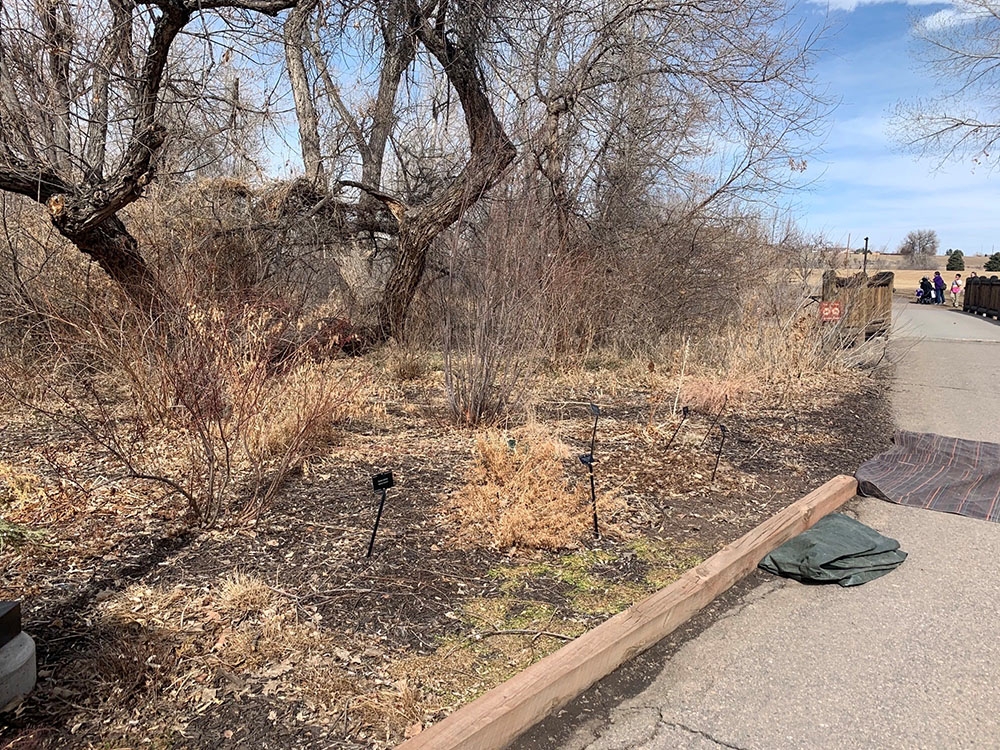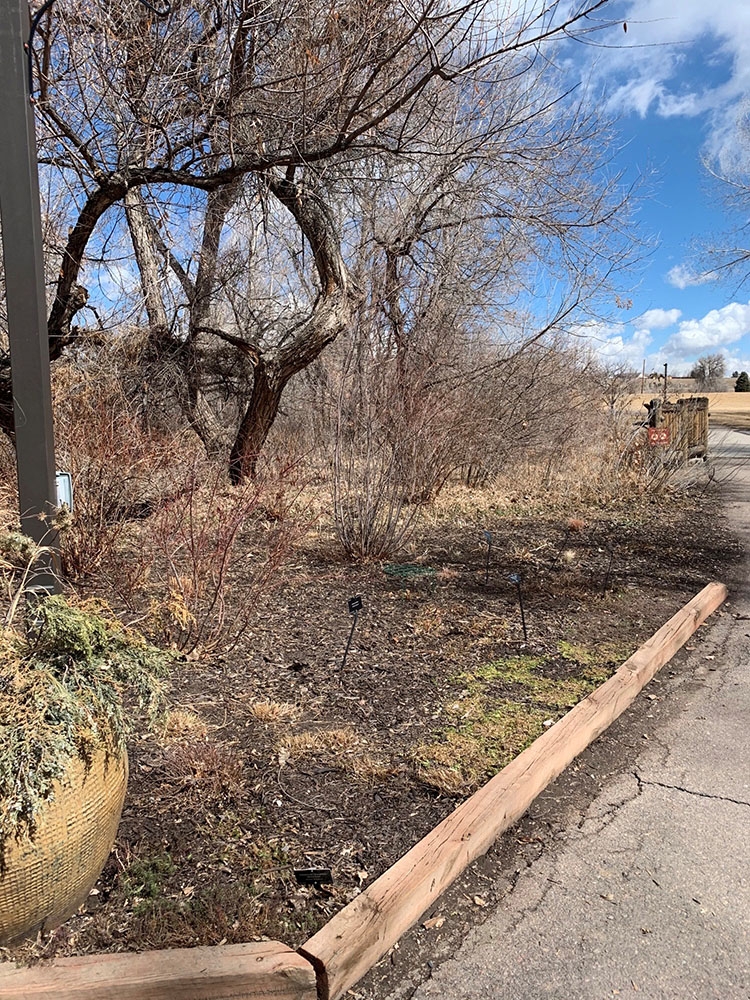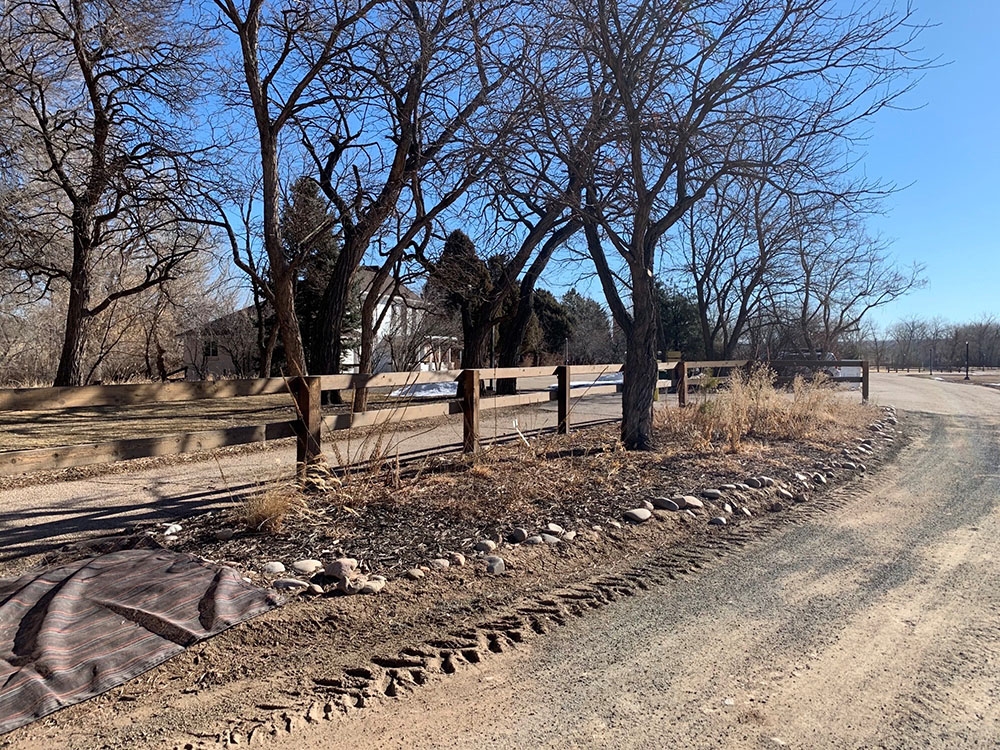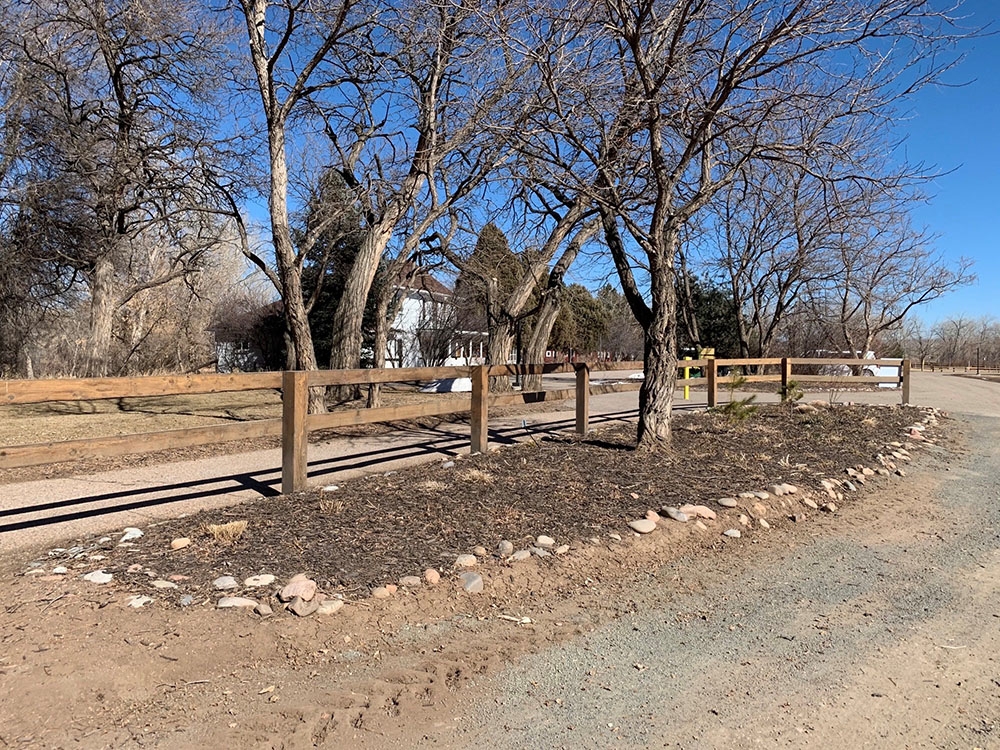Spring Cleaning for Your Garden
This feels like a long winter. Not because there have been blizzards every other week, but because COVID-19 has been keeping me cooped up inside binge watching episodes of Magnum P.I., just so I could feel like I went on vacation. Fortunately, there have been some wonderfully warm days, which has interrupted my winter madness by allowing me to get into the garden and start my spring cleanup.
You can start your spring cleanup as soon as the ground thaws. This is usually in March, but as you know, we have had some thaws during February. Perennials can be cut back to the basal growth, or the crown of the plant. If you look closely, you may be able to see new growth popping up through the crown. On more delicate perennials such as lupine (Lupinus) or columbine (Aquilegia), I use my hands to clean out the dead. On tougher plants, I use a small garden rake, especially with ground covers like lamb’s ear (Stachys byzantine).
Cut grasses back by leaving 1 to 2 inches of old growth, which protects new shoots and keeps things looking tidy. While some grasses like blue avena grass (Helictotrichon sempervirens) do not require cutting back (try combing through it with your hands to release the dead blades) many grasses may start showing classic signs of “the donut.” The donut is when your grasses or perennials start to die back in the center and create a hole in the middle of the plant. At this point, you can divide your plants to rejuvenate and reduce the size of the clumps, then just plant the extra clumps for more plants. Win-win!
Late winter and early spring are perfect for pruning for shrubs and is not just limited to breaking out the electric shears. As shrubs age, they can get very dense and woody, creating a hedge. If this is your goal, only prune out the dead, damaged or diseased stems. This allows energy to be redirected to newer growth. For shrubs five years or older, you may want to prune out more to allow for air circulation and light penetration.
It is most important to know what kind of shrub you have, and whether it blooms on old growth, or new growth. Old growth refers to shrubs that bloom on last year’s growth. These shrubs, such as lilacs, forsythias, and some hydrangeas (Hydrangea macrophylla, H. quercifolia), should be pruned in the summer after they finish blooming. Shrubs that bloom on new growth, or this year’s growth, can be pruned in the spring, such as some hydrangeas (H. paniculata, H. aborescence), and rose of Sharon (Hibiscus).
Trees also can use a little dormant pruning during this time, but I like to stick with the rule of never cutting out more than 25 percent of the crown per year. Stick to pruning the 5 D’s: dead, dying, damaged, diseased or disfigured (this includes crossing or rubbing) branches. Make sure you have a plan before you start and remember that this process takes years.
Finally, the cherry on top of the sundae: mulch. Giving your beds a two- to three-inch layer of mulch helps to keep in moisture, regulate soil temperatures, protect any shallow roots and promote microbial communities that keep soil healthy. While you don’t want to put mulch directly on top of perennials or up against woody trunks, placing mulch around your freshly cleaned plants will enhance plant health as well as aesthetic. You may only need to rake up the old mulch, give it a nice air fluff and re-apply it to make things look fabulous all season.
Spring cleaning doesn’t have to be a rush to the finish line. As soon as we start having nice days, I like to tackle my garden a little at a time. As Billy Ocean said, “Get outta my dreams and into my yard!”*
*Not a direct quote from Billy Ocean.
Gallery




Add new comment